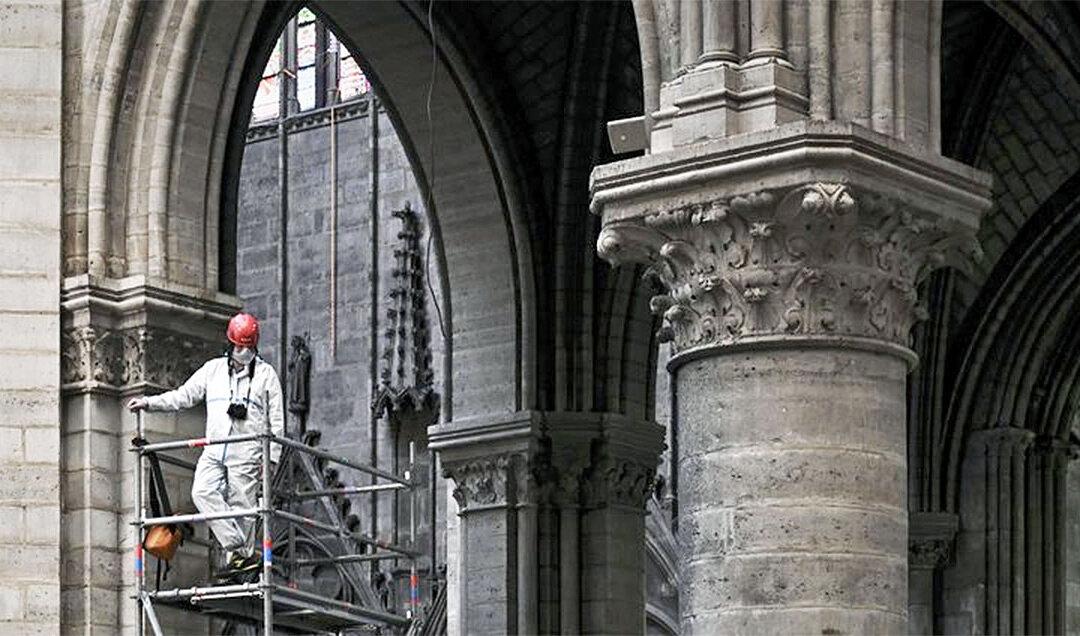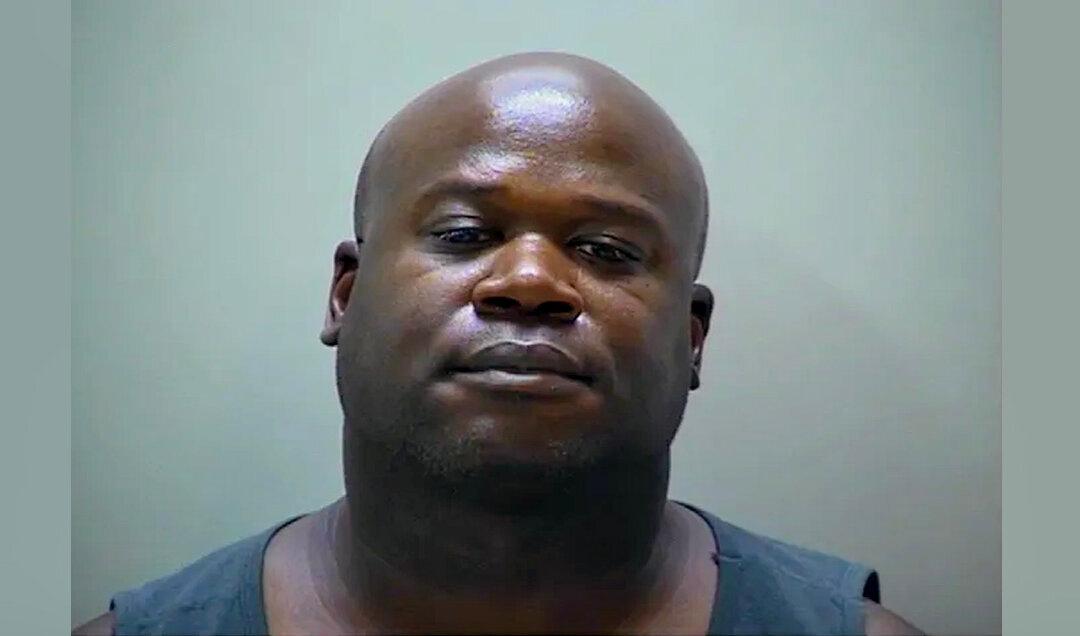American donors appear to be leading part of the fundraising drive to repair the fire-damaged Notre Dame cathedral, religious and business officials revealed in Paris on June 15.
Proceeds collected by the Notre Dame charitable foundations have mostly come from American and French individuals and not the French billionaire philanthropists who promised to donate hundreds of millions to restore the country’s national monument.






